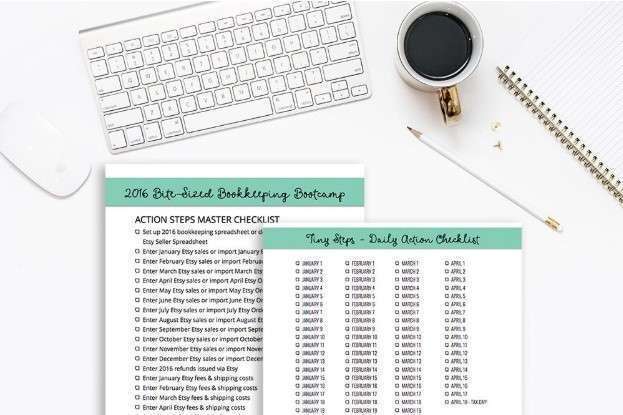
Students are introduced to the field of financial accounting through defining the foundational activities, tools, and users of financial accounting. Students learn to use the accounting equation and are introduced to the four major financial statements. Additional topics include ethical considerations, recording business transactions, and the application of credit/debit rules. Financial accounting is a specific process of recording, processing and reporting a company’s business transactions.
Table of Contents
Nonetheless, in somesections, there seems to be too much text compared to some other sections.The alteration between text and visuals should be reviewed. I had no issues finding anything in the text or navigating the chapters. I love the fact that chapters are broken into financial accounting typically 3-7 page sections. The outcomes of each chapter are clearly divided and labeled well. His thesis deals with the experiences of instructors in graduate-level computer conferences. To the contrary, the graphics and flow charts break up the material very nicely.
- The chapters explain the learning outcomes, use examples to express concepts, with chapter summary at end.
- Financial accounting is the compass that guides decision-makers through the financial landscape.
- We asked all learners to give feedback on our instructors based on the quality of their teaching style.
- Coursera offers a wide range of courses and Specializations in business and finance topics, including financial accounting, from top-ranked schools such as the University of Pennsylvania and the University of Virginia.
- We want to decide if the company has generated enough net profit and accumulated the capital necessary to support growth.
Financial Accounting Meaning, Principles, and Why It Matters
The textbook is very clearly divided into separable modules, making it easy for both students to read and for instructors to choose which modules to include in their course. The content within the chapters can be broken-down and assigned as instructor plans for the course length. The manner is which the material is presented flows easily as reading. In select learning programs, you can apply for financial aid or a scholarship if you can’t afford the enrollment fee. If fin aid or scholarship is available for your learning program selection, you’ll find a link to apply on the description page. In addition to being a standalone certificate program, Financial Accounting is also one component course of the Credential of Readiness (CORe) program, which also includes Economics for Managers and Business Analytics.
- What would become the American Institute of Certified Public Accountants (AICPA) and the New York Stock Exchange (NYSE) attempted to launch the first accounting standards to be used by firms in the United States in the 1930s.
- I would rather see the organization of the chapterfollow the order of the accounts on a balance sheet.
- You’ll learn about the legal aspects of accounting, about accounting fraud investigation and prevention techniques, and gain a thorough understanding of the rules and regulations established within forensic accounting.
- This text covers all of the usual topics in financial accounting, but with a broader business view surrounding the accounting procedures.
- Build an intuitive understanding of finance to better communicate with key stakeholders and grow your career.
- Members of financial accounting can carry several different professional designations.
Accrual Method
IFRS are issued by the International Accounting Standards Board (IASB).[2] With IFRS becoming more widespread on the international scene, consistency in financial reporting has become more prevalent between global organizations. A balance sheet reports a company’s financial position as of a specific date. It lists the company’s assets, liabilities, and equity, and the financial statement rolls over from one period to the next. Financial accounting guidance dictates how a company records cash, values assets, and reports debt. Revenues and expenses are accounted for and reported on the income statement, resulting in the determination of net income at the bottom of the statement. Assets, liabilities, and equity accounts are reported on the balance sheet, which utilizes financial accounting to report ownership of the company’s future economic benefits.
Access Exclusive Templates
These transactions are recorded in financial statements that detail the organization’s financial health. In addition to following the provisions of GAAP, any corporation whose stock is publicly traded is also subject to the reporting requirements of the Securities and Exchange Commission (SEC), an agency of the U.S. government. These requirements mandate an annual report to stockholders as well as an annual report to the SEC. The annual report to the SEC requires that independent certified public accountants audit a company’s financial statements, thus giving assurance that the company has followed GAAP.
The income statement reports a company’s profitability during a specified period of time. The period of time could be one year, one month, three months, 13 weeks, or any other time interval chosen by the company. To make sense https://www.bookstime.com/ of business transactions, we can organize them into categories, such as revenue, expenses, assets, liabilities, and equity. Classification ensures that each transaction finds its rightful place in the financial landscape.

Managerial accounting uses operational information in specific ways to glean information. For example, it may use cost accounting to track the variable costs, fixed costs, and overhead costs along a manufacturing process. Then, using this cost information, a company may decide to switch to a lower quality, less expensive type of raw materials. Companies engage in financial accounting for a number of important reasons.

In the ever-evolving business world, adherence to these principles and standards ensures a level playing field for companies, lenders, investors, and regulators, wherever they may be. Securities regulators draw on this standard to establish order and fair competition. Companies adopting IFRS ensure their financial statements are consistent and comparable across jurisdictions, enabling various stakeholders to meaningfully analyze performance. Imagine a world where a company’s reporting varies drastically from region to region.